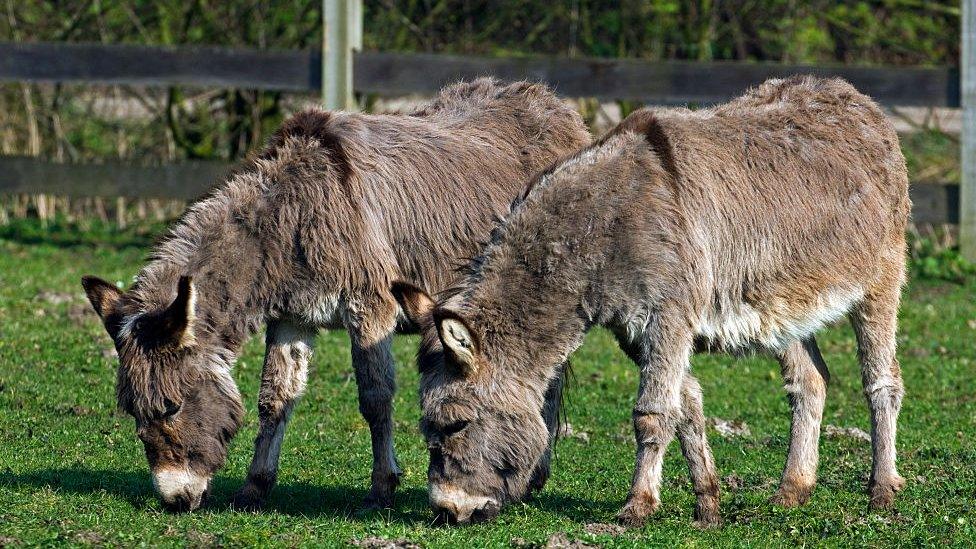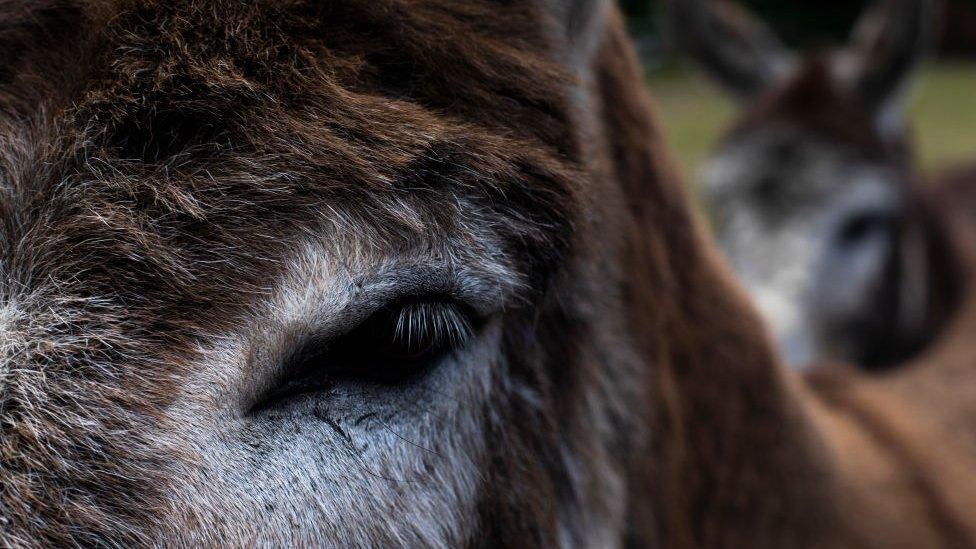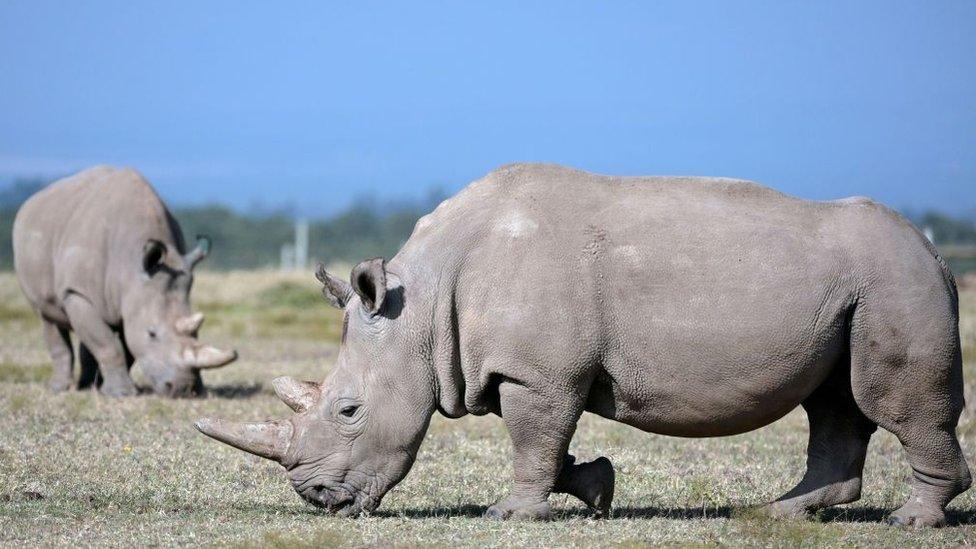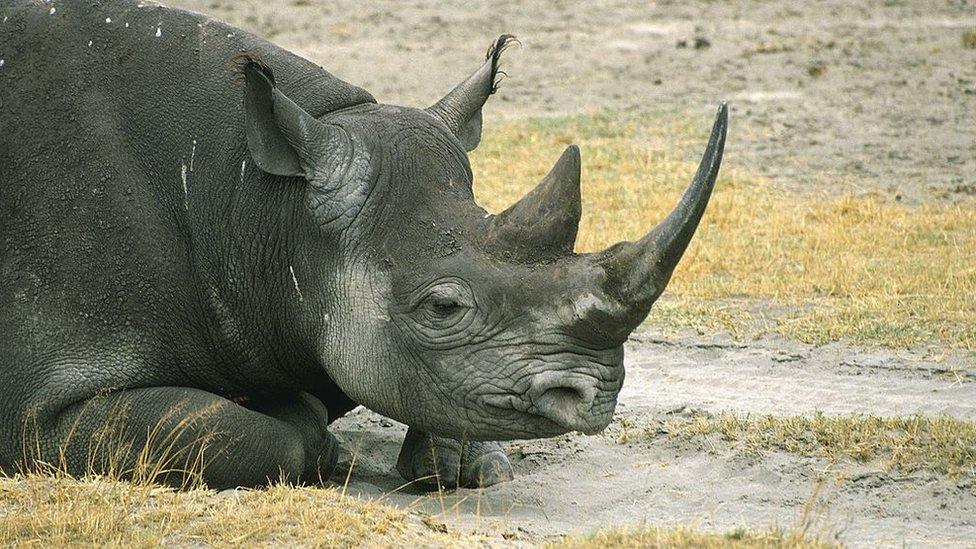Conservation: World's first donkey embryo created
- Published
- comments

There are a number of donkey species that are endangered, but scientists in Australia have been developing a treatment that could help save them.
They have used a process known as in-vitro fertilization (IVF) to create the world's first donkey embryo.
The embryo is from an European breed of donkey and has been frozen until researchers can place it in a female donkey where it will grow and hopefully become a baby donkey.
An animal becomes pregnant when when an egg cell from the female meets with a sperm cell from the male and joins with it.
The egg then divides to form a ball of cells called an embryo. The embryo slowly develops and eventually grows into a baby.
How endangered are donkeys?
The researchers say that many species of donkey are more endangered than most people realise.
"Seven of the 28 European domestic breeds are in critical status and 20 are endangered, while wild donkey species are also in trouble," said Dr Andres Gambini at the University of Queensland.
There are a number of reasons for this. Before machines and robots, donkeys were used a lot more in farming and transportation
But as the need for them in practical situations declines, particularly in rich countries, so too do their numbers.
While donkeys are still used in tourism or transporting goods across more rough and mountainous land, many European breeds are struggling.

An endangered animal is one at a very high risk of extinction in the wild. The Asian elephant, blue whale and red panda are among some of the species that are in this list.
Grazing land for wild donkeys has also reduced in recent years which has had an impact and made people less keen to keep them.
In the same way elephants and rhinos are poached for their tusks, some donkeys are poached for their skins with donkey-hide glue sometimes used in traditional Chinese medicines.
As more pressures are put upon wildlife, conservationists hope that scientific interventions like this - and finding ways to help a species recover - will give lots of animals a chance to avoid extinction.
It's not the first time an embryo has been created to help try and stop a species from going extinct.
Northern white rhinos are on the brink of dying out, with just two females left - but in a similar way to the donkey embryo, scientists in Italy in 2019 successfully managed to create two embryos of the rhino which they hope could save the species.
- Published13 September 2019

- Published21 November 2019
- Published9 June 2022

